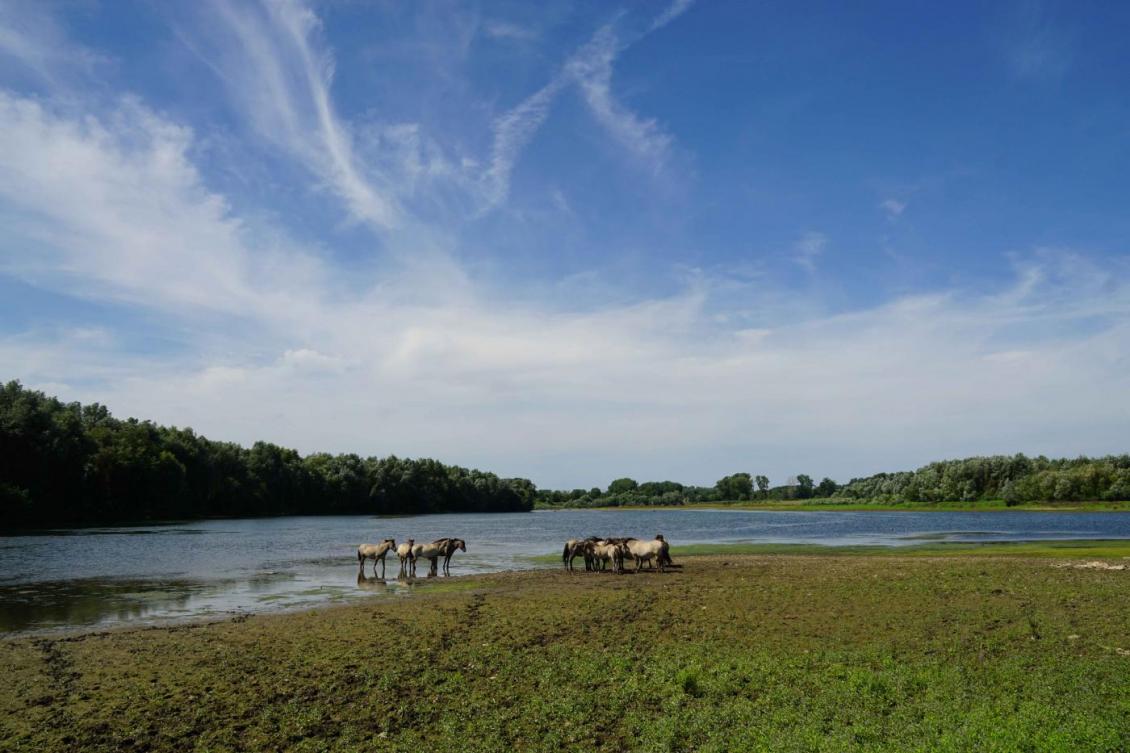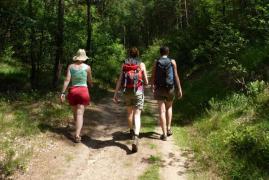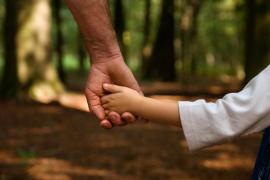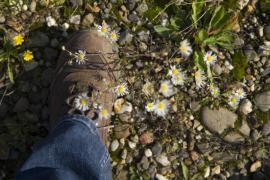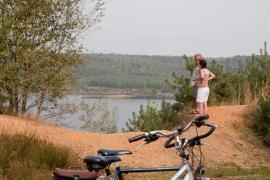The nature reserves of RivierPark Maasvallei are managed by nature organizations Limburgs Landschap (B), Natuurpunt (B), the National Forest Service in the Netherlands (Staatsbosbeheer, NL), Society for the Preservation of Nature in the Netherlands (Natuurmonumenten, NL), and Free Nature (NL). These organizations have released large grazers in order to better manage this section of untamed nature.
Large grazers play a key role in the development of these new wild nature reserves. Galloway cattle trim the trees and bushes during the winter. These cattle are hardy grazers that leave a half-long grass turf behind. Konik horses are used to manage that grass turf. They eat the shorter grass and snack on the tasty herbs. Together, these grazers ensure that the area is not overgrown with willows in the winter. The combination of using horses and cattle for grazing creates an ever-changing patchwork landscape of open grasslands, wild thickets, and bushes.
This method of environmental management only works if the animals are allowed to roam free. This means that the animals look after themselves and are untamed. It is incredibly important that the animals remain untamed and wild. If the animals are petted and fed by visitors they become dependent on humans for food. The animals might become aggressive and forceful and start rummaging in people's bags to try and get to food. This is something that we would like to prevent. This behaviour would also mean that the large grazers would lose their purpose in this area and would have to be removed.
The natural instinct of these animals is astounding. While a snow-covered Galloway might look a little forlorn, don't be misled! The Konik horses and Galloway cattle are perfectly adapted to survive the winter. During the plentiful summer months they build up their fat reserves and in autumn they start to grow their winter coats. They also know where to find the best places to shield themselves from the natural elements. They don't really suffer from the cold. They lose weight in the winter but this is simply part of the natural cycle. Their winter diet helps the animals to shed the surplus summer weight and keeps the animals in a healthy condition. Supplementary feeding is not permitted. Only in extreme situations will the animals be fed by authorized environmental managers.
This is why we have the following rules in place for entering areas with large grazers:
- Do not pet the animals
- Do not feed the animals
- Keep a safe distance
- Do not walk through the herd
- Dogs must be on a leash and kept at a distance
Read our brochure ‘keep it wild’: (Mag het iets wilder)
